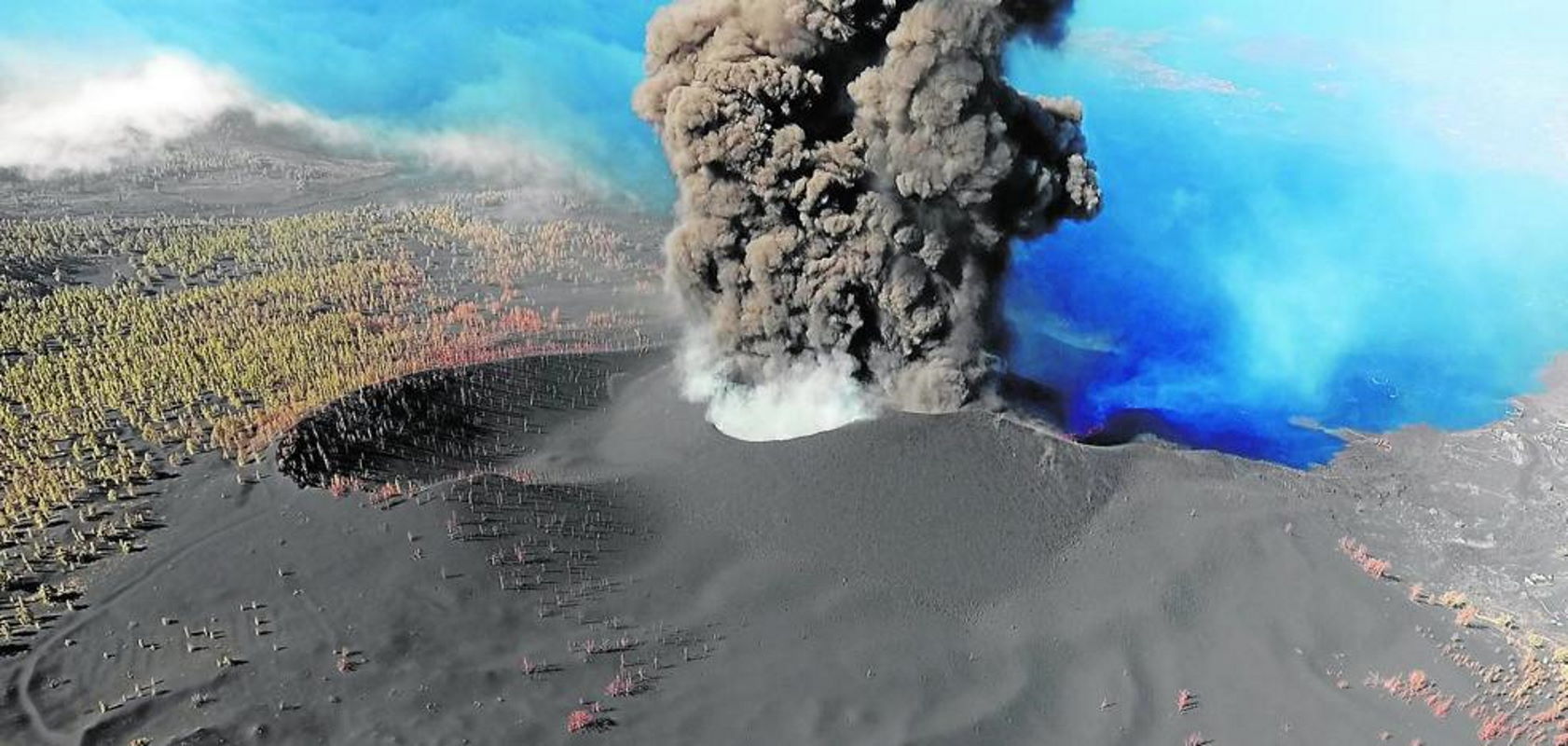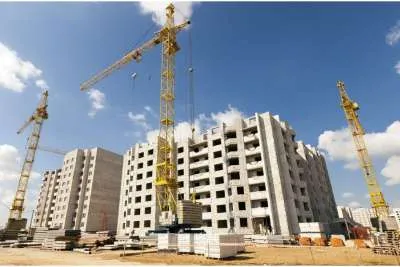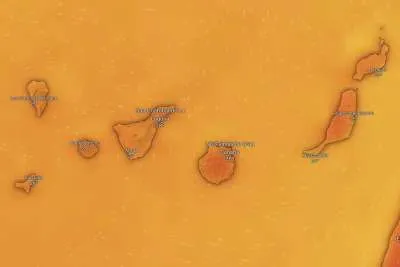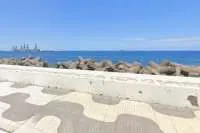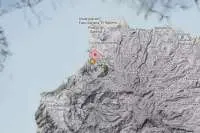Latest data indicates that the eruption in La Palma ‘is not ending soon’
- 06-10-2021
- Tenerife
- Canarian Weekly
The latest data from Pevolca on seismicity, geochemistry and deformation indicates that the eruption in La Palma is not ending soon, as the volcano has entered a "mature phase” of “steady” eruption which it could be in for days, weeks, or months.
After yesterday’s daily meeting of the scientific committee, the director of the IGN, María José Blanco, said that the weather forecast indicates that winds will turn today pushing the column of ash and gases from the plume towards the northeast slope of the island, which could affect the island’s airport.
In addition, scientists have confirmed that there are no new emission points, although they have detected the opening of a fissure zone about a hundred metres northeast of the main cone of the volcano with emission of gases and soil at high temperature, without being an actual eruption, which they say is of little importance.
Pevolca experts believe that the most probable thing in the short term is that the lava, which is still quite fluid, will continue to head towards the sea following the path already made by the original flow, although vigilance is being maintained in the event that it broadens or takes a new direction.
The latest measurements show that 420 hectares of land are now affected by lava, an increase of 6.74 compared to the day before, inside a perimeter of 36.24 kilometres. The lava delta currently occupies an area of more than 36 hectares and has advanced 540 metres from the coastline. The plume of water vapour and hydrochloric acid that is being produced when the lava meets the sea is being kept in a localised area near the delta.
Finally, data shows that the emissions of sulphur dioxide are 1,200 tons a day, with over a quarter of a million tons being emitted since the beginning of the eruption.
Other articles that may interest you...
Trending
Most Read Articles
Featured Videos
A Vision of Elvis Tenerife Promo
- 10-05-2025
Tenerife Travel Guide
- 13-12-2024
Live webcam from Lanzarote airport
- 13-12-2024


